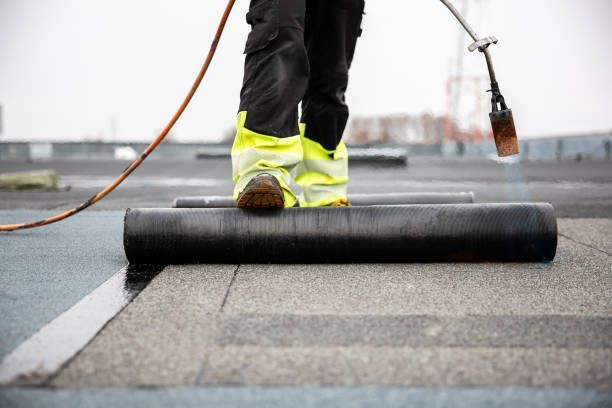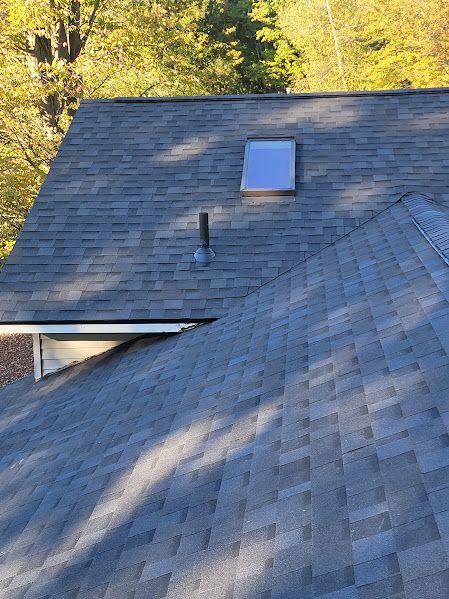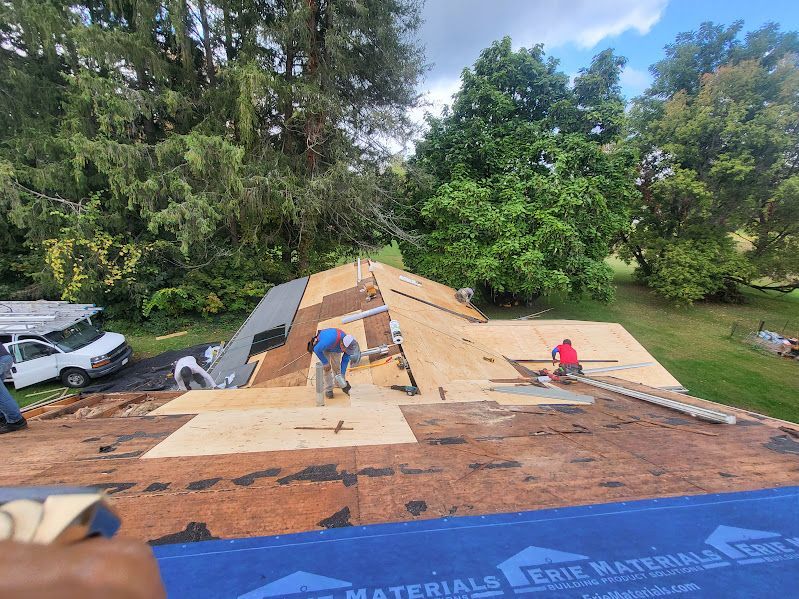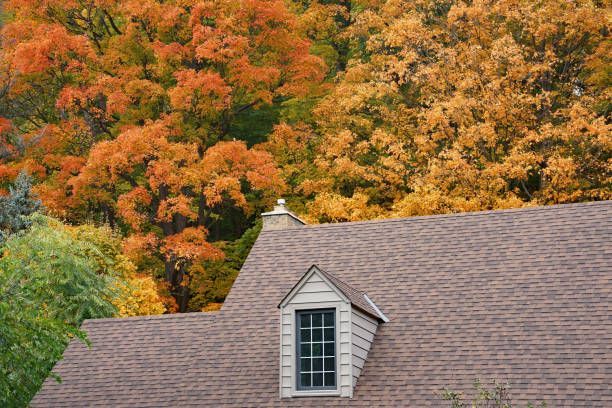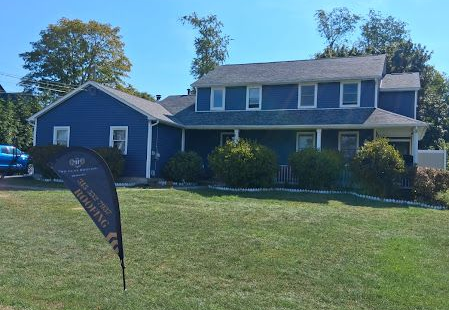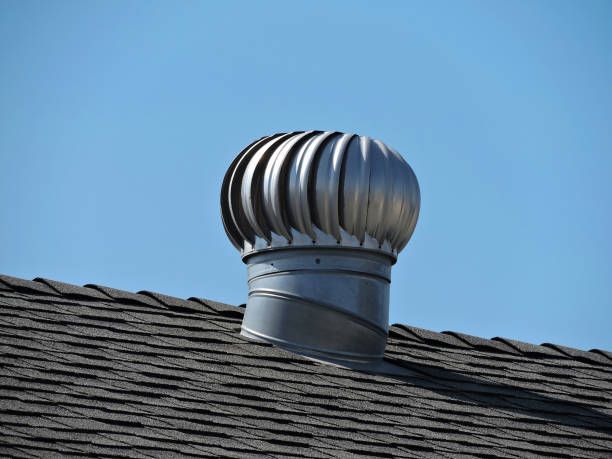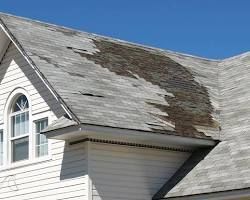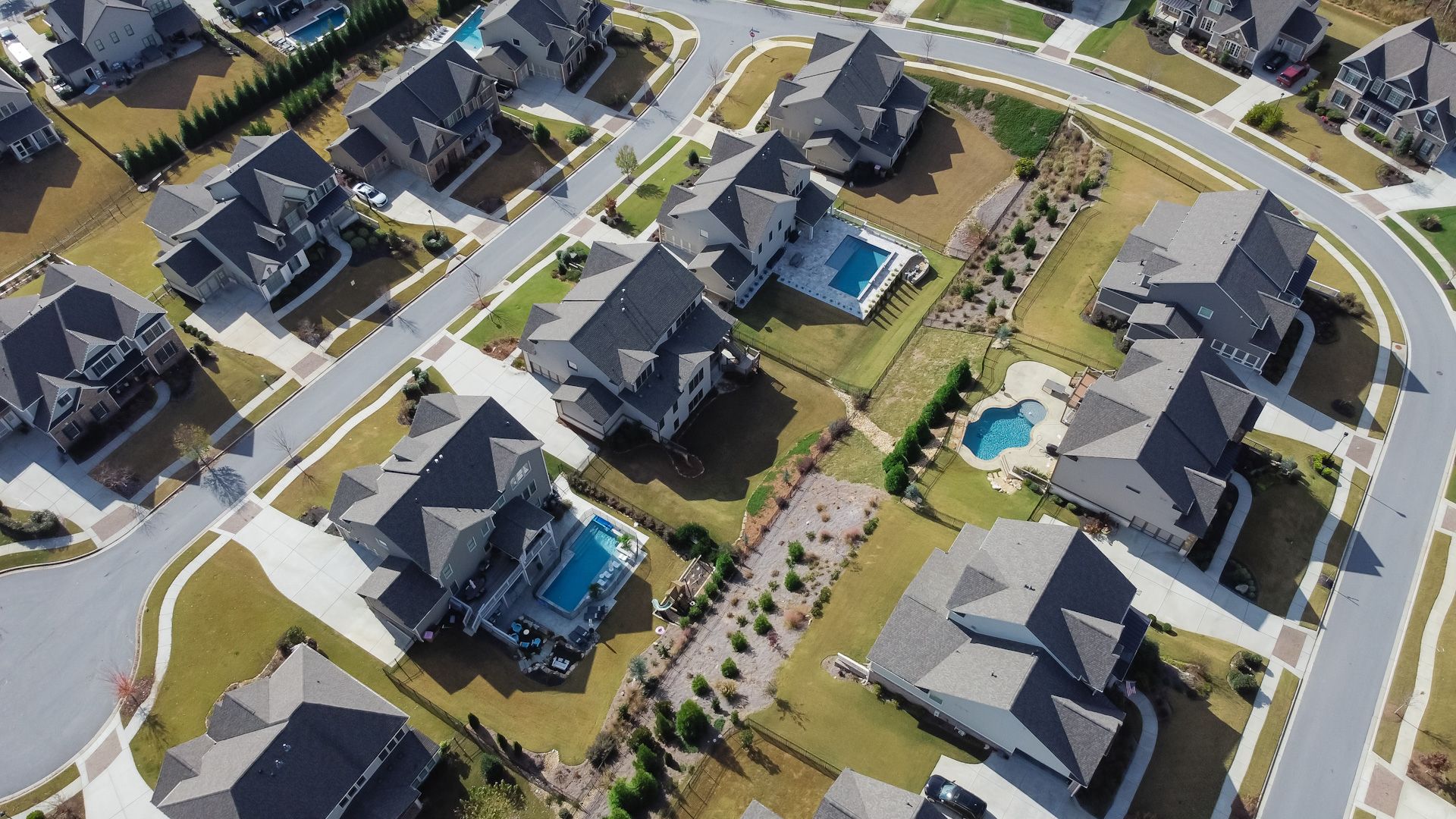Lifting Shingles - Is your Home waving Hello?
This is a subtitle for your new post

Is Your Roof Waving Hello? Understanding Lifting Shingles 👋🏠
Ever notice shingles on your roof that look a little…wavy? Maybe the corners are sticking up, or they seem loose? That "waving hello" isn't a friendly gesture from your home; it's often a sign of trouble we roofers call lifting shingles.
So, what does it mean when your shingles are lifting? It's essentially when the adhesive bond that holds the shingle down to the layer beneath it (or to itself in layered applications) has failed. This can happen for a variety of reasons, and it's definitely something you shouldn't ignore!
Here's why lifting shingles are a red flag:
- Water Intrusion: This is the biggest concern. Lifted shingles create openings for rain, snow, and even just moisture in the air to get underneath. This can lead to:
- Leaks inside your home: Damaging ceilings, walls, and insulation.
- Rot and decay of the roof deck: Weakening the structural integrity of your roof.
- Mold and mildew growth: Creating unhealthy living conditions.
- Reduced Wind Resistance: Properly adhered shingles create a wind-resistant barrier. Lifting shingles are more susceptible to being torn off completely during strong winds, further exposing your roof.
- Decreased Lifespan of Your Roof: When shingles aren't lying flat and protected, they are exposed to more wear and tear from the elements, shortening the overall lifespan of your roofing system.
- Pest Infestation: Lifted shingles can create entry points for insects and other pests to nest in the underlayment.
What can cause shingles to lift?
- Age and Wear: Over time, the adhesive on shingles can deteriorate due to sun exposure, temperature fluctuations, and general weathering.
- Poor Installation: Incorrect nailing, insufficient adhesive, or improper shingle overlap can lead to lifting.
- Wind Damage: Strong winds can directly lift and tear shingles.
- Manufacturing Defects: In some rare cases, there might be issues with the shingle's adhesive from the manufacturer.
- Thermal Expansion and Contraction: Extreme temperature changes can cause shingles to expand and contract, potentially weakening the adhesive over time.
- Organic Shingle Issues: Older organic shingles were sometimes more prone to warping and lifting than modern fiberglass shingles.
What should you do if you notice lifting shingles?
Don't ignore it! It's crucial to:
- Get a professional roof inspection: A qualified roofing contractor can accurately assess the extent of the damage and identify the underlying cause.
- Avoid walking on the affected area: You could further damage the shingles or even risk falling.
- Discuss repair or replacement options: Depending on the severity and the age of your roof, the contractor will recommend the best course of action. This might involve re-sealing the lifted shingles or a more extensive repair or replacement.
Protecting your roof is protecting your entire home. Don't let those "waving" shingles turn into a costly problem down the road. Give us a call today for a professional inspection and ensure your roof is in top shape!
#Roofing #LiftingShingles #RoofRepair #HomeImprovement #RoofMaintenance #WaterDamage #WindDamage #RoofInspection #LocalRoofers #ProtectYourHome
